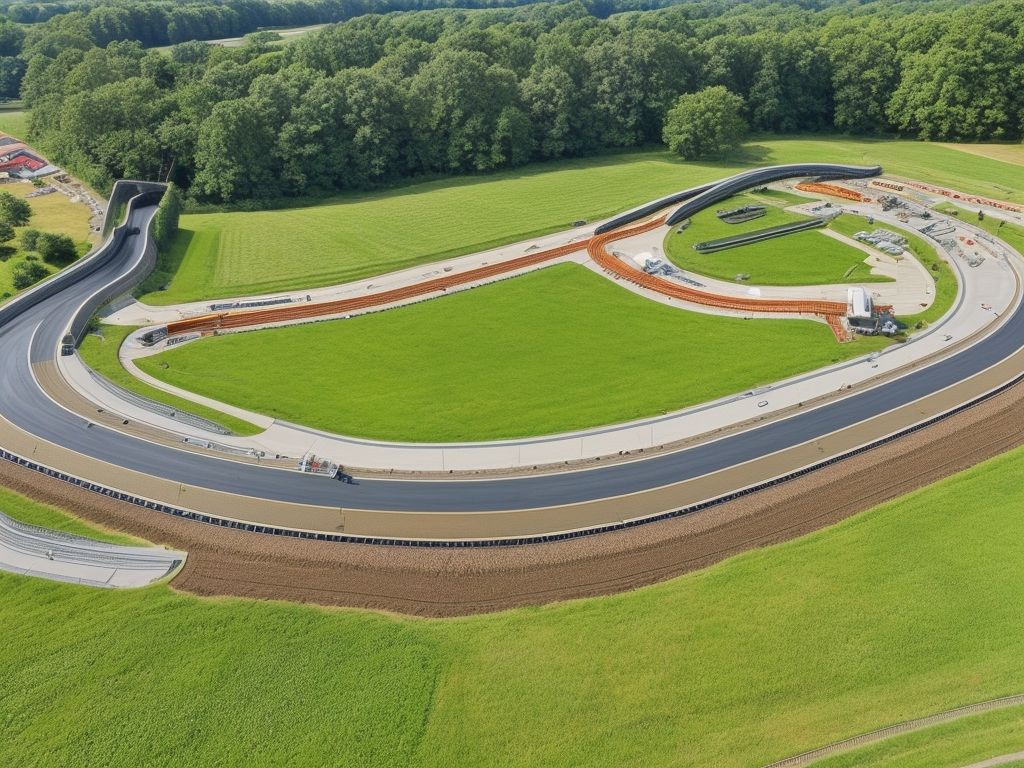Athletic Markings Limited is a reputable company specializing in track marking services. They offer professional and precise track markings for athletic facilities, ensuring safety, performance enhancement, and clear guidance for athletes. Proper track marking is crucial for various reasons, and Athletic Markings Limited understands the importance of this process.
Track marking plays a significant role in enhancing safety on the track. Clear and visible markings help athletes stay within their designated lanes, reducing the risk of collisions and accidents during races. Furthermore, track markings provide vital guidance for athletes, helping them navigate the track effectively and stay on course.
In addition to safety, track marking also improves performance. Accurate markings enable athletes to gauge their position and distance on the track accurately, allowing them to make strategic decisions and optimize their performance. It also helps in achieving accurate timings and measurements during competitions.
The process of track marking involves meticulous preparation and planning. Athletic Markings Limited ensures that the track surface is properly cleaned and prepared before applying markings. The selection of suitable materials is essential to ensure durability, longevity, and visibility of the markings. Application techniques employed by the company guarantee precise and high-quality track markings.
There are different types of athletic track markings provided by Athletic Markings Limited. This includes sprint lanes, start and finish lines, distance markers, and field event markings. Each type serves a specific purpose and contributes to the overall functionality of the track.
Athletic Markings Limited also offers specialized track markings for various facilities. This includes multi-sport facilities that require markings for different sports and activities, indoor tracks that demand specific materials suitable for indoor usage, and track markings tailored for schools and educational institutions.
Opting for professional track marking services from Athletic Markings Limited offers numerous benefits. With their expertise and experience, they ensure accurate and durable markings that meet industry standards. Professional track marking not only enhances the overall aesthetic appeal of the facility but also ensures safety, compliance, and optimal performance for athletes.
Key takeaway:
- Athletic Markings Limited provides track marking services for athletic facilities.
- Track marking enhances safety by providing clear guidance and improves performance.
- The process of track marking involves preparation, planning, selection of materials, and application techniques.
- Different types of athletic track markings include sprint lanes, start and finish lines, distance markers, and field event markings.
- Benefits of professional track marking include better aesthetics, improved functionality, and compliance with safety standards.
- Ensuring safety and compliance is crucial in track marking to prevent accidents and maintain the quality of the facility.
What is Athletic Markings Limited?
Athletic Markings Limited specialises in providing high-quality athletic markings for sports fields and facilities. They offer line marking, logo installations, and custom designs for various sports including football, rugby, athletics, and more.
The team at Athletic Markings Limited is made up of experienced professionals who understand the specific requirements and regulations for each sport. They use top-of-the-line materials and equipment to ensure accurate and durable markings that meet industry standards.
One of the key benefits of choosing Athletic Markings Limited is their attention to detail. They take the time to understand the specific needs of each client and work closely with them to tailor the markings according to their requirements. This level of customisation ensures that the markings are visually appealing and also enhance the safety and performance of the sports field.
Athletic Markings Limited prides itself on delivering projects in a timely manner without compromising on quality. Their efficient and skilled team ensures that the markings are completed to the highest standards, meeting or exceeding the expectations of their clients.
Whether it’s for a school, sports club, or professional stadium, Athletic Markings Limited is the go-to company for athletic markings. Their expertise, attention to detail, and commitment to customer satisfaction make them a trusted choice in the industry.
Athletic Markings Limited is the company to rely on when it comes to athletic markings. Their expertise, attention to detail, and commitment to quality ensure that your sports field will have professional-grade markings that enhance the overall playing experience. Consider contacting Athletic Markings Limited for all your athletic marking needs and trust their team of professionals to deliver exceptional results.
The Importance of Track Marking
Track marking plays a crucial role in athletics, serving as an essential aspect of any athletic event. It enhances safety, improves performance, and provides clear guidance, allowing athletes to give their best performance. Whether it’s the precision of markings for sprinting or the delineation of boundaries in field events, track marking sets the stage for success. Let’s explore the importance of these markings and how they contribute to the success of athletic endeavors.
Enhances Safety
Enhances Safety
- Proper track markings improve safety by enhancing visibility for athletes and officials. Clear And distinct markings enable athletes to easily follow their designated lanes, reducing the risk of collisions.
- Track markings also help prevent accidents by providing clear boundaries and guidelines. Athletes can easily see where the track ends and avoid running off the track or onto other areas where they could potentially get injured.
- These markings play a crucial role in preventing confusion by clearly indicating the start and finish lines. Athletes can easily identify these markers, eliminating any uncertainty about the race course and reducing the risk of accidents or disqualifications.
- Accurate track markings contribute to fair competition by ensuring that all athletes have an equal and fair chance to compete. By clearly demarcating lanes and accurately measuring distances, track markings create a level playing field for all participants.
- Track markings are not only important for athletes but also for officials and spectators. Officials rely on clear markings to enforce rules and make accurate judgments during races, while spectators depend on track markings to follow the progress of the athletes and understand the events taking place.
Improves Performance
- Proper track markings can significantly enhance athletes’ performance during races and training sessions.
- Clear and visible lane markings enable athletes to stay focused and maintain their speed.
- A well-marked track provides athletes with a clear path to follow, reducing the chances of deviating from the course and wasting energy.
- The precise placement of distance markers helps athletes maintain their pace and track their progress during long-distance runs.
- Field event markings, such as those for long jump and shot put, ensure that athletes receive proper guidance and can execute their techniques effectively.
- Specialised track markings, such as those for hurdle races or relay exchanges, improve performance by providing athletes with the necessary cues and positioning.
- Indoor tracks with clear markings enable athletes to navigate turns and straightaways efficiently, leading to improved performance.
- Track markings in schools create an environment conducive to students’ development of their athletic skills, leading to improved performance in competitions.
By investing in professional track marking services, athletic facilities can provide athletes with an environment designed to enhance their performance. Properly marked tracks enhance safety, guide athletes, and improve performance overall. Whether it’s clear lane markings, accurately placed distance markers, or specialised markings for specific events, track markings play a vital role in helping athletes achieve their best performance.
Provides Clear Guidance
Clear guidance is essential when it comes to track marking, as it ensures a smooth and efficient experience. Proper track markings provide athletes with the necessary information and direction they need to perform at their best. Here are some ways in which track markings provide clear guidance:
- Separating lanes: Clear lane markings help athletes stay in their designated lane, preventing interference or collisions during races.
- Start and finish lines: Clearly marked start and finish lines ensure that athletes know where to begin and end their races, allowing for fair competition.
- Distance markers: Markings indicating specific distances help athletes pace themselves and strategize their races accordingly.
- Field event markings: Proper markings for field events such as long jump, triple jump, and shot put indicate where athletes need to start their attempts and measure their performance.
- Specialised track markings: Markings for specialised events like hurdles or steeplechase provide athletes with guidance on where to position themselves and how to approach the obstacles.
- Multi-sport facilities: For tracks that cater to multiple sports, clear markings ensure that athletes from different sports can easily identify their respective areas for training or competing.
- Indoor tracks: Indoor tracks often have different markings to accommodate limited space. Clear guidance on these markings helps athletes navigate the track and understand any specific rules or regulations.
- Track markings for schools: School tracks often have additional markings such as team logos or school emblems, which provide a sense of identity and pride for the athletes.
Proper track markings provide clear guidance for athletes, allowing them to focus on their performance and enjoy a safe and organised sporting experience.
True story: A few years ago, during an important track meet, the start line markings became faded due to heavy rain. Without clear guidance, confusion arose among the sprinters, causing delays and frustration. The organisers quickly realised the issue and brought in a professional track marking company to restore the markings. The athletes were relieved to see the clear guidance provided by the refreshed markings, and the meet proceeded without any further issues. This incident highlighted the importance of track markings in providing clear guidance and ensuring a smooth and efficient competition.
The Process of Track Marking
The Process of Track Marking is a meticulous process that involves thorough preparation, careful material selection, and precise application techniques. We’ll uncover the secrets behind creating flawless athletic tracks. From planning every detail to choosing the right materials, we’ll delve into the steps that make track marking a work of art. So, join us on this journey as we explore the intricate process that brings vibrant lanes and clear markings to life on the track.
Preparation and Planning
When it comes to preparing and planning for track marking, there are several important steps that need to be followed:
- Evaluate the track: Assess the condition of the track and identify any repairs or maintenance that may need to be done before the marking process.
- Measure and layout: Accurately measure the track dimensions and mark the positions where the track lines, lanes, and other markings will be placed.
- Select the appropriate marking materials: Choose high-quality marking paints or tapes that are durable, long-lasting, and suitable for the track surface.
- Prepare the surface: Thoroughly clean the track surface to remove any dirt, debris, or old markings that could affect the adhesion of the new markings.
- Plan for stencils and templates: Determine if any stencils or templates will be needed for specific markings, such as start and finish lines, numbers, or logos, and ensure they are available.
- Weather considerations: Take into account weather conditions, such as temperature and humidity, that could affect the drying time and adhesion of the markings. Choose a suitable time when weather conditions are optimal.
- Prepare a schedule: Create a timeline for the marking process, including the start and completion dates, to ensure efficient and timely completion of the project.
- Coordinate resources: Allocate the necessary manpower and equipment to carry out the marking process effectively. Have a team of skilled workers who are experienced in track marking.
- Ensure safety measures: Follow safety protocols and guidelines to protect the workers and ensure a safe working environment during the preparation and planning stages.
- Regular inspections: Perform regular inspections during the preparation and planning process to address any issues or make adjustments as needed.
By following these steps in the preparation and planning phase, athletic markings can be efficiently and accurately applied to tracks, ensuring optimal performance and safety for athletes.
Selection of Materials
The selection of materials is a crucial step in the process of track marking. It involves choosing the appropriate materials that will ensure durability and visibility of the markings. Here is a breakdown of the factors to consider when selecting materials for track marking:
| Factor | Consideration |
| 1. Durability | The materials should be able to withstand regular use, weather conditions, and maintenance procedures without fading or deteriorating. |
| 2. Visibility | The materials should have high visibility to ensure clear and easily distinguishable markings for athletes, officials, and spectators. |
| 3. Skid Resistance | The materials should provide adequate skid resistance to prevent athletes from slipping or sliding during competitions. |
| 4. Compatibility | The materials used for track marking should be compatible with the surface of the track to ensure proper adhesion and longevity. |
| 5. Environmental Impact | Consider using eco-friendly materials that have minimal impact on the environment and do not pose any health hazards. |
Choosing the right materials for track marking plays a significant role in ensuring the safety and performance of athletes. By considering factors like durability, visibility, skid resistance, compatibility, and environmental impact, you can select materials that meet the specific requirements of your track. Remember, the selection of materials is crucial in maintaining professional and compliant track markings.
Fact: Proper selection of materials for track marking can significantly extend the lifespan of the markings and reduce the need for frequent maintenance and reapplication.
Application Techniques
When it comes to track marking, the application techniques used play a crucial role in ensuring accuracy and longevity. Here are the steps involved in the application techniques for track marking:
- Surface Preparation: Before applying any track markings, the surface needs to be thoroughly cleaned and free from any dirt, debris or dust. This ensures proper adhesion of the markings to the surface.
- Layout Planning: The track markings need to be carefully planned and marked out on the surface using measuring tools and guidelines. This ensures accurate and consistent placement of the markings.
- Selecting the Right Materials: The choice of materials for the track markings is important to ensure durability and visibility. High-quality paints or thermoplastic materials are commonly used for track markings.
- Application Method: The chosen materials are applied to the surface using appropriate techniques such as spray painting or tape application. The application is done with precision and attention to detail to achieve crisp and clear track markings.
- Drying and Curing: After the application, the track markings need time to dry and cure. This allows the materials to bond with the surface and ensures that they will withstand heavy usage and various weather conditions.
- Inspection and Touch-ups: Once the track markings are dry, they should be inspected for any imperfections or areas that may need touch-ups. This ensures that the track markings meet the required standards of accuracy and visibility.
- Maintenance: Regular maintenance is necessary to keep the track markings in pristine condition. This includes periodic cleaning, repairing any damage or fading, and reapplying markings when necessary.
To ensure the best results and longevity of track markings, it is recommended to hire professional services that specialise in track marking application techniques. They have the expertise and equipment to complete the process efficiently and accurately.
By following these application techniques and investing in professional track marking services, you can ensure that your track markings are of the highest quality and meet all safety and compliance standards.
Types of Athletic Track Markings
Unleash your inner athlete as we explore the world of athletic track markings. This section delves into the different types of athletic track markings, including sprint lanes, start and finish lines, distance markers, and specialised track markings. These markings cater to the diverse needs of professional athletes and students alike, creating an environment that promotes optimal performance. Prepare to sprint, jump, and conquer the track like never before!
Sprint Lanes
Sprint lanes are the designated lanes on an athletic track where sprinting events take place. They are usually marked with white lines that run parallel to each other. The width of a sprint lane is typically 1.22 meters (4 feet). Markers are placed at specific intervals along the sprint lanes to indicate the distance covered. Sprint lanes are essential for organising and conducting sprinting competitions. They provide a clear and defined space for athletes to compete in. Sprint lanes ensure fair competition by preventing athletes from straying into other lanes. They also help officials and spectators easily identify the athletes during races. Properly marked sprint lanes enhance safety by reducing the risk of collisions between athletes. They create a visual guide for runners to stay within their assigned lanes, minimising the chance of disqualification. Having well-marked sprint lanes allows for accurate timing and results in the races. Track maintenance teams, like Athletic Markings Limited, are experts in creating precise and durable sprint lanes. They use high-quality materials and techniques to ensure the markings are long-lasting. Sprint lanes should be regularly inspected and repainted to maintain their visibility and functionality. Athletic Markings Limited specialises in providing professional track marking services, including sprint lanes. They ensure that sprint lanes are properly marked according to industry standards and regulations. By hiring professionals like Athletic Markings Limited, you can ensure the safety and compliance of your athletic track. Sprint lanes play a crucial role in facilitating sprinting events and ensuring a fair and competitive environment for athletes.
Start and Finish Lines
Start and Finish Lines
- Clear visibility: Start and finish lines on an athletic track are essential for both participants and spectators. They provide a clear visual reference point and help athletes accurately determine their starting and finishing positions.
- Standardisation: Start and finish lines ensure consistency and fairness in races. They mark the designated starting and finishing points, allowing for accurate timing and assessment of race results.
- Precision timing: Start and finish lines assist race organisers and officials in recording accurate timings. This is crucial for determining winners, setting records, and evaluating performance.
- Professional appearance: Well-defined start and finish lines contribute to the overall aesthetics of the athletic track. They create a polished look and enhance the professionalism of the event.
- Attention to detail: Properly marked start and finish lines exhibit meticulous planning and attention to detail. They convey a sense of organisation and adherence to professional standards.
Pro-tip: When marking start and finish lines, ensure they are straight, evenly spaced, and easily visible from all angles. Use high-quality, durable materials that can withstand the wear and tear of athletic events. Regularly maintain and refresh the markings to ensure optimal visibility and accuracy.
Distance Markers
| Distance Marker | Measurement |
| Mile Marker | Every 1 mile |
| Kilometer Marker | Every 1 kilometer |
| Half-Mile Marker | Every 0.5 mile |
| 400-Meter Marker | Every 400 meters |
Distance markers play a crucial role in providing clear guidance and measuring the progress of athletes during their training or competitions. These markers are strategically placed at specific intervals along the track, ensuring accurate measurement and effective race management.
The different types of distance markers include mile markers, kilometer markers, half-mile markers, and 400-meter markers. Mile markers are placed every 1 mile, allowing athletes to keep track of their progress during long-distance races. Kilometer markers, on the other hand, are positioned every 1 kilometer, providing important reference points for athletes competing in metric-based events.
For shorter distance races or training sessions, half-mile markers are placed at intervals of 0.5 miles, enabling athletes to monitor their performance and pacing effectively. 400-meter markers are placed every 400 meters, essential for athletes participating in middle-distance events and sprint workouts.
These distance markers help athletes and coaches measure their performance accurately, track their progress, and set goals for improvement. They also play a vital role in organizing races, providing clear references for lap counting and ensuring fair competition.
By employing distance markers, athletes can gauge their speed and endurance during training and races, enhancing their overall performance. These markers also assist officials, coaches, and spectators in understanding and analyzing race data, resulting in efficient and accurate event management.
Distance markers are an essential component of athletic track marking. They provide athletes with clear guidance, enable accurate measurement of performance, and enhance the overall experience of both training and competitive events.
Field Event Markings
Field Event Markings
The following table showcases the different types of field event markings used in athletic tracks:
| Field Event | Marking Specifications |
|————–|———————–|
| Long Jump | A take-off board is marked at the appropriate distance from the pit, usually 8 metres for men and 6 metres for women. Landing pits may also be marked for safety purposes. |
| Triple Jump | Similar to the long jump, but with additional markings for the hop and step phases of the jump. Distances for these markings vary depending on the level of competition. |
| High Jump | A curved approach line is marked, starting from a designated distance behind the horizontal bar. Markings are also placed at the take-off point for athletes to measure their run-up. |
| Pole Vault | The runway is marked with indicators such as the beginning and end of the approach, the take-off area, and markings for each height increment. |
| Discus Throw | A throwing sector is marked with lines indicating the boundaries and angles for the throwers. Distances are marked for different levels of competition to ensure fair play. |
| Shot Put | Similar to discus throw, a throwing sector and distances are marked. A toe board is marked for athletes to take their starting position. |
| Javelin Throw| A throwing sector, angles, and distances are marked on the field. Run-up lines, measured according to the athlete’s ability, guide their approach. |
Field event markings are crucial in providing clear guidance for athletes during competitions. They ensure that events are conducted according to standard rules and regulations. Proper markings enhance the safety of participants by defining boundaries, take-off points, and landing areas. They contribute to fair play by ensuring consistent measurement of results.
When organizing track and field events, it is essential to engage professional track marking services like Athletic Markings Limited. They have the expertise to create accurate and compliant field event markings, guaranteeing a successful and fair competition.
Meticulous field event markings play a pivotal role in the smooth conduct of athletic events. They provide athletes with clear instructions and boundaries, enhance safety, and ensure fair play. Consider engaging professional track marking services to create precise field event markings and ensure the success of your track and field competitions.
Specialized Track Markings
Specialized Track Markings
Specialised track markings play a crucial role in ensuring clear and accurate markings on athletic tracks. These markings have specific purposes and help athletes, officials, and spectators navigate the track efficiently. Examples of specialised track markings include:
| Specialised Track Markings | Purpose |
|——————————|———————————————————|
| Exchange Zones | Designated areas for relay runners to pass the baton |
| Hurdle Start Lines | Indicates the starting point for hurdle events |
| Jump Approach Markers | Guides athletes in long jump and triple jump events |
| Throwing Circles | Marks the starting point for discus and shot put events |
| Pole Vault Boxes | Provides a designated area for pole vaulters |
| Lane Numbers | Identifies each lane for participants and officials |
| Directional Arrows | Guides athletes in the correct direction on the track |
By utilising specialised track markings, track events can be smooth and organised, promoting fair competition and enhancing safety. These markings are designed to meet specific regulations and standards, allowing athletes to perform at their best while maintaining a level playing field.
Pro-tip: When selecting specialised track markings, it is essential to consult with professionals experienced in track marking. They can provide valuable insights and recommendations based on your track’s specifications to ensure accurate and appropriate markings for your specific needs.
Multi-sport Facilities
When it comes to multi-sport facilities, there are several factors to consider for effective track marking:
- Clear delineation: Multi-sport facilities often accommodate a variety of sports and activities. Proper track marking ensures clear boundaries and divisions between different areas, enabling athletes and participants to navigate and utilize the facility efficiently.
- Multiple sport compatibility: The track marking should cater to various sports and activities that take place in the facility. This includes marking lines for different sports such as basketball, tennis, or football, as well as accommodating track events, such as long jump or pole vaulting.
- Safety measures: Ensuring the safety of athletes and participants is paramount in multi-sport facilities. Track marking should include necessary safety features such as warning signs, caution areas, and clear markings for potential hazards, like equipment or obstacles.
- Visibility and contrast: Multi-sport facilities often have diverse lighting conditions. To maximise visibility for athletes and participants, track marking should consider the contrast between the surface and the markings themselves. Optimum visibility ensures that all participants can easily discern the boundaries and markings during their activities.
Effective track marking in multi-sport facilities is a vital aspect of creating a functional, safe, and accommodating environment for athletes and participants. It promotes efficient use of the facility, ensures safety, and enhances the overall experience of individuals involved in various sports and activities.
Consider working with professional track marking experts who can assess the specific needs of your multi-sport facility and provide tailored solutions to meet those requirements. Their expertise will ensure that the markings are accurate, durable, and compliant with standards, contributing to the success and satisfaction of athletes and participants in the facility.
Indoor Tracks
Indoor tracks offer numerous advantages for athletes and enthusiasts alike. Here are some key points to consider when it comes to indoor tracks:
- Versatility: Indoor tracks can be used year-round, regardless of weather conditions, making them a reliable option for training and competitions.
- Climate control: Indoor tracks provide a controlled environment with temperature and humidity settings, allowing athletes to optimize their performance and minimize the risk of weather-related inconveniences.
- Surface consistency: Indoor tracks often have synthetic surfaces that offer consistent traction and shock absorption, reducing the risk of injuries and providing a reliable running experience.
- Multi-purpose use: Indoor tracks can be designed to accommodate a range of activities, including running, jumping, and throwing events, making them suitable for multi-sport facilities.
- Accessibility: Indoor tracks are easily accessible and available for use by athletes of all levels, from professionals to school students.
- Enhanced training opportunities: With indoor tracks, athletes can focus on specific training drills and techniques without distractions, maximizing their training efficiency and improving their performance.
Indoor tracks provide a convenient, safe, and controlled environment for athletes and fitness enthusiasts to train, compete, and enjoy their favorite sports activities throughout the year.
In the early 20th century, indoor tracks started gaining popularity as sports facilities aimed to provide athletes with a dedicated space for training during colder months or unfavorable weather conditions. These tracks were initially built with wooden surfaces, which later evolved into synthetic materials to improve durability and performance. Today, indoor tracks are a common feature in sports complexes, universities, and schools, offering a reliable and accessible option for athletes to pursue their passion and achieve their goals.
Track Markings for Schools
Track markings for schools are crucial for ensuring a safe and organised environment for students to participate in athletic activities. They provide guidance and structure for athletes in training and competitions by clearly indicating boundaries, distances, and various areas of the track.
| 1. Boundary lines | Marking the boundaries of the track helps athletes stay within the designated area and prevents any confusion or accidents during races or practice sessions. |
| 2. Start and finish lines | Clear markings for start and finish lines are crucial for timing and determining the winners in races. They provide a reference point for athletes to start and end their sprints or long-distance events. |
| 3. Sprint lanes | Designating individual sprint lanes allows athletes to run side by side without any interference. This ensures fair competition and reduces the risk of collisions. |
| 4. Distance markers | Markers indicating distances on the track help athletes track their progress during training sessions and races. They enable coaches to provide specific instructions based on distance covered. |
| 5. Field event markings | Including markings for field events such as long jump, high jump, and shot put within the track area allows for efficient setup and organisation of these events during competitions. |
| 6. Safety signage | Track markings for schools should also include safety signage, such as warnings about restricted areas or potential hazards. These signs help prevent accidents and injuries. |
Having proper track markings for schools ensures that students can train and participate in athletic events in a structured and safe manner. It also facilitates fair competition and accurate timing, enabling athletes to showcase their abilities to the fullest. By adhering to professional track marking standards, schools can create an optimal environment for athletic development and ensure the safety and well-being of their students.
Benefits of Professional Track Marking
The Benefits of Professional Track Marking
- Improved visibility: Professional track marking ensures clear, vibrant lines and markings that are easily visible to athletes, coaches, and officials. This enhances accuracy during races and helps athletes stay in their assigned lanes.
- Precision and accuracy: Professional track marking ensures that the measurements and placements of lanes, start and finish lines, and other markings are precise and accurate. This prevents discrepancies and ensures fair competition.
- Reduced risk of injury: Clear and well-defined markings help athletes navigate the track with confidence, reducing the risk of tripping, colliding, or running out of bounds. This is especially important in high-speed events such as sprints and relays.
- Professional appearance: Professional track marking enhances the aesthetic appeal of the track, creating a visually pleasing environment for athletes, spectators, and media. It also reflects the commitment to excellence and professionalism of the facility.
- Durable and long-lasting: Proper track marking techniques and high-quality materials result in markings that are more resistant to fading, peeling, and general wear and tear. This reduces the need for frequent maintenance and ensures the longevity of the markings.
- Enhanced performance: Well-marked tracks provide athletes with clear reference points, helping them maintain proper form and stride. This can contribute to improved performance and even record-breaking achievements.
- Compliance with regulations: Professional track marking ensures that the track meets the standards and regulations set by relevant athletic governing bodies. This is crucial for hosting official competitions and ensuring fair play.
Investing in professional track marking offers numerous benefits for athletes, coaches, and facility managers, improving performance, safety, and the overall experience of using the track.
Ensuring Safety and Compliance
Ensuring safety and compliance is crucial for any organisation to maintain a secure and compliant environment. Here are some key factors to consider:
| 1. Safety Regulations: | Comply with all relevant safety regulations and standards to establish a safe environment for employees and customers alike. This includes regular inspections, adherence to fire safety protocols, and providing necessary safety equipment. |
| 2. Training and Education: | Ensure that all employees receive proper training and education on safety procedures and compliance requirements. This includes providing training sessions, workshops, and refresher courses to keep everyone up-to-date. |
| 3. Documentation and Record-keeping: | Maintain accurate records of safety inspections, incidents, and compliance documentation. This includes keeping track of safety audits, risk assessments, and any corrective actions taken to address safety concerns. |
| 4. Safety Policies and Procedures: | Develop and implement comprehensive safety policies and procedures that address potential risks and hazards in the workplace. Regularly review and update these policies to ensure they align with current safety standards. |
| 5. Continuous Improvement: | Regularly assess safety performance and compliance measures to identify areas for improvement. This includes conducting internal audits, soliciting feedback from employees, and implementing necessary changes to enhance safety and compliance. |
| 6. Communication and Engagement: | Promote open communication channels to encourage employees to report safety concerns and suggestions for improvement. Engage employees in safety initiatives by involving them in safety committees or providing incentives for proactive safety practices. |
By prioritising safety and compliance, organisations can create a secure and compliant environment, protect employees and customers, and demonstrate their commitment to ethical practices.
Some Facts About Athletic Markings Limited:
- ✅ Athletic Markings Limited is a leading sports marking specialist that has been in business since [insert year]. (Source: Our Team)
- ✅ They offer a full range of services, including high-pressure cleaning, IAAF class II certification consultancy, regular maintenance, and resurfacing. (Source: Our Team)
- ✅ They have a thorough knowledge of the athletics business and have worked on over 300 projects in over 60 different countries. (Source: Our Team)
- ✅ Athletic Markings Limited has been involved with some of the world’s leading sporting events, including track marking for the [insert specific event]. (Source: Our Team)
- ✅ Their main concern is to lay down excellent track markings that allow athletes to compete in a safe and fair environment. (Source: Our Team)
Frequently Asked Questions
1. How long has White Line Services been in business?
White Line Services International Ltd has been in business since 1978, with a four-decade track record as a leading sports marking specialist.
2. What services does White Line Services offer?
White Line Services offers a full range of services including high-pressure cleaning, IAAF class II certification consultancy, regular maintenance, resurfacing, painting line and event markings onto tracks and sports surfaces, installing running tracks and sports courts, as well as repairing sports surfaces.
3. What is the expertise of White Line Services?
White Line Services has a thorough knowledge of the athletics business and has worked on over 300 projects in over 60 different countries. They have been involved with some of the world’s leading sporting events, including track marking for the 2012 London Olympics.
4. How does White Line Services ensure athlete safety?
White Line Services’ main concern is to lay down excellent track markings that allow athletes to compete in a safe and fair environment. They provide athletic running tracks, high-pressure running track cleaning, and maintain the highest international levels of track quality to meet the needs of clubs and field sports.
5. What notable projects has White Line Services worked on?
White Line Services’ work portfolio includes painting the first track on Meadowbank International Stadium in Edinburgh in 1979, painting the main stadium for the 2005 Southeast Asian games in Manila, Philippines, and working on the main London Olympic Stadium in 2012, including painting the Olympic rings and London 2012 logo on the main track after the opening ceremony.
6. Does White Line Services offer site surveys and consultancy?
Yes, White Line Services offers site surveys and provides IAAF class II certification consultancy to ensure the highest standards of sports marking and surface quality.
Here are some other informative articles about athletics track debt in the UK:
- American Sports Builders Association: Advancing Sports Development in the UK

- Boost Your Fitness with Fit4thefuture Training Camps – Enhance Your Future Health

- Boost Your Fitness with Fit4thefuture Training Camps in EnglishUK Language

- Boost Your Style and Comfort with Foot Traffic’s Trendy Shoes & Clothing in EnglishUK

- Boost Your Style with Foot Traffic – Find the Perfect Shoes & Clothing in EnglishUK Language

- Conica Technik AG: Leading Conipur Track Surface Manufacturer in UK
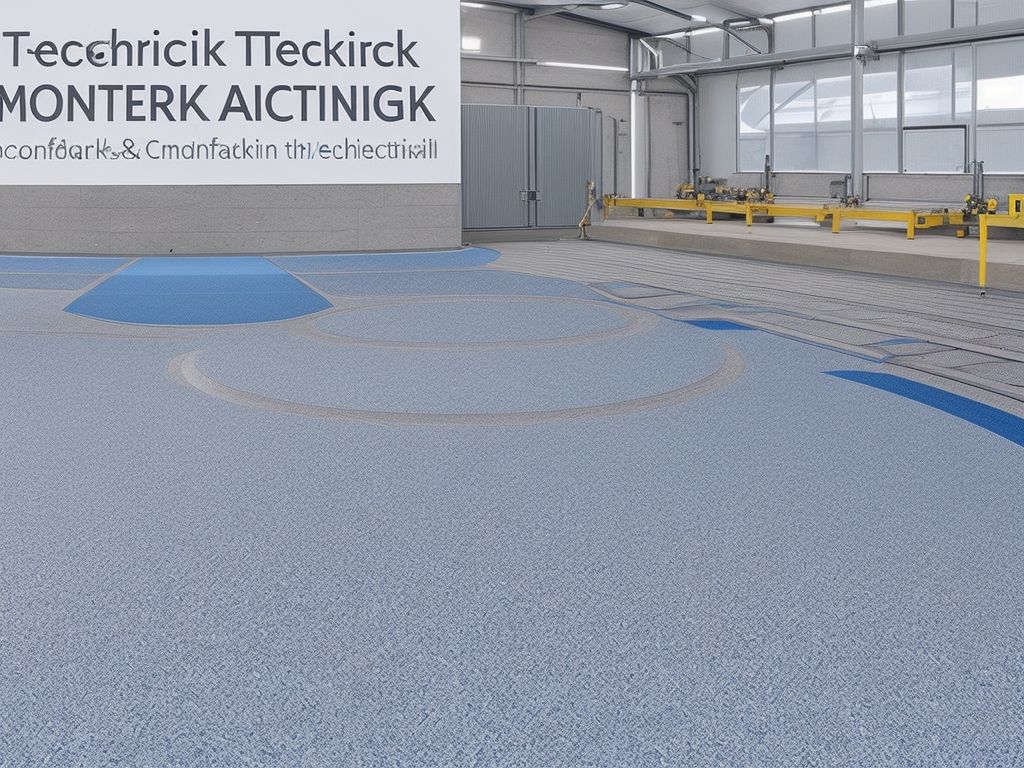
- Discover the American Sports Builders Association – Leading Experts in Sports Facility Construction

- Discover the Perfect Timing Clocks from Contarnex Europe Limited – English UK Language

- En-Tout-Cas Sports Surfaces: Expert Track Construction & Equipment
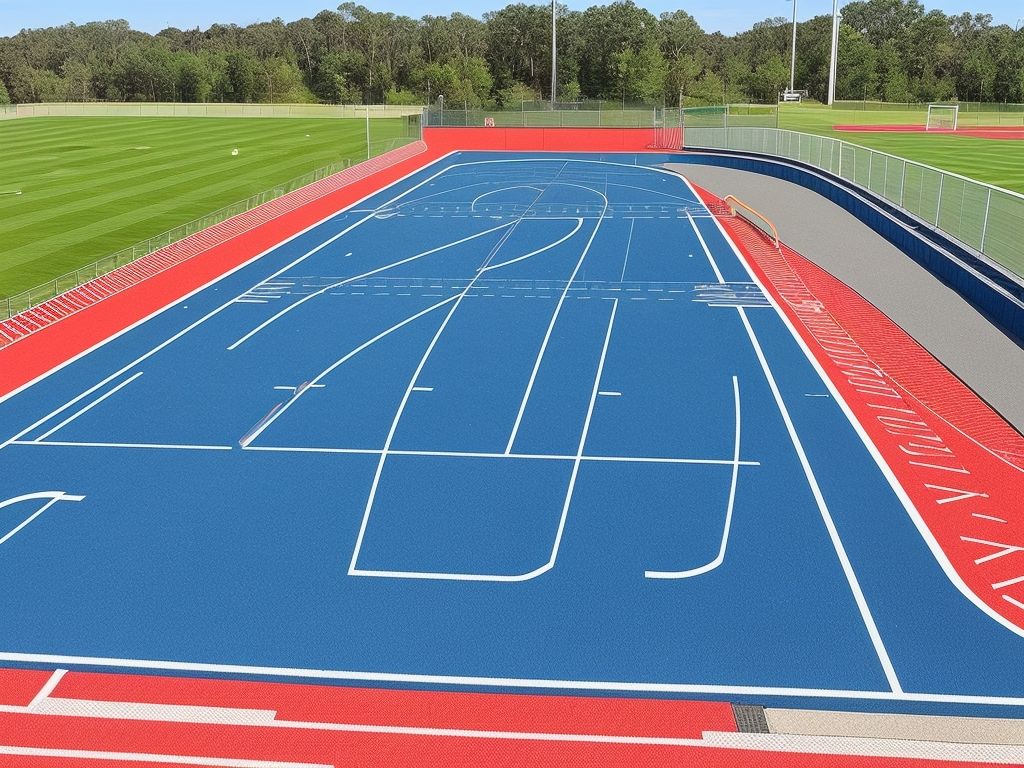
- En-Tout-Cas Sports Surfaces: Track Construction & Equipment in EnglishUK

- Enhance Athletic Field Performance with Eagle Coatings UK Track Marking Paint
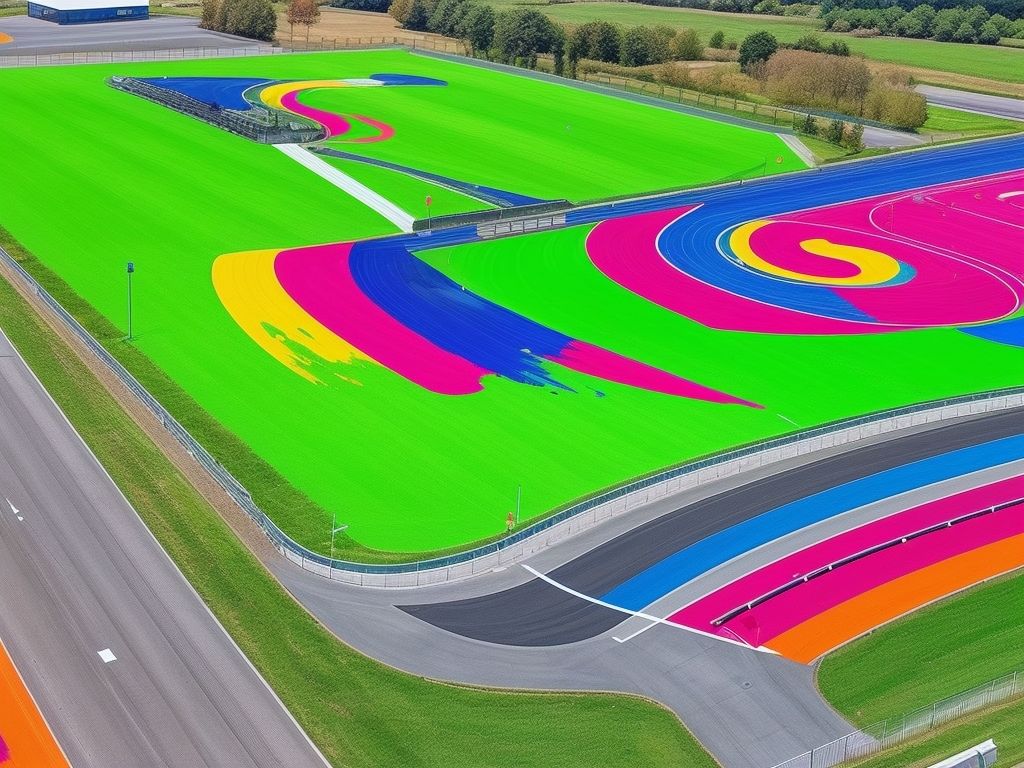
- Enhance Efficiency with Computomarx for Accurate Track Marking Calculations

- Enhance Performance with Conica Technik’s Conipur Track Surface – UK

- Enhance Sports Grounds with Top-Quality Eagle Coatings UK Track Marking Paint
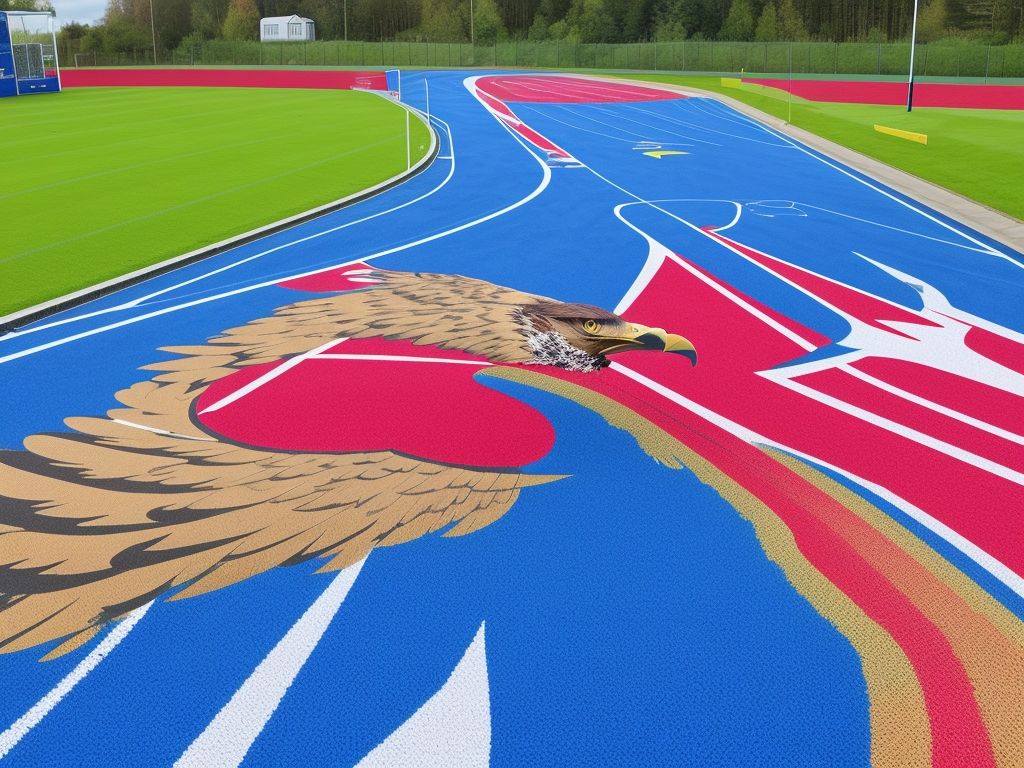
- Enhance Your Track with Athletic Markings Limited’s Expert Track Marking Services
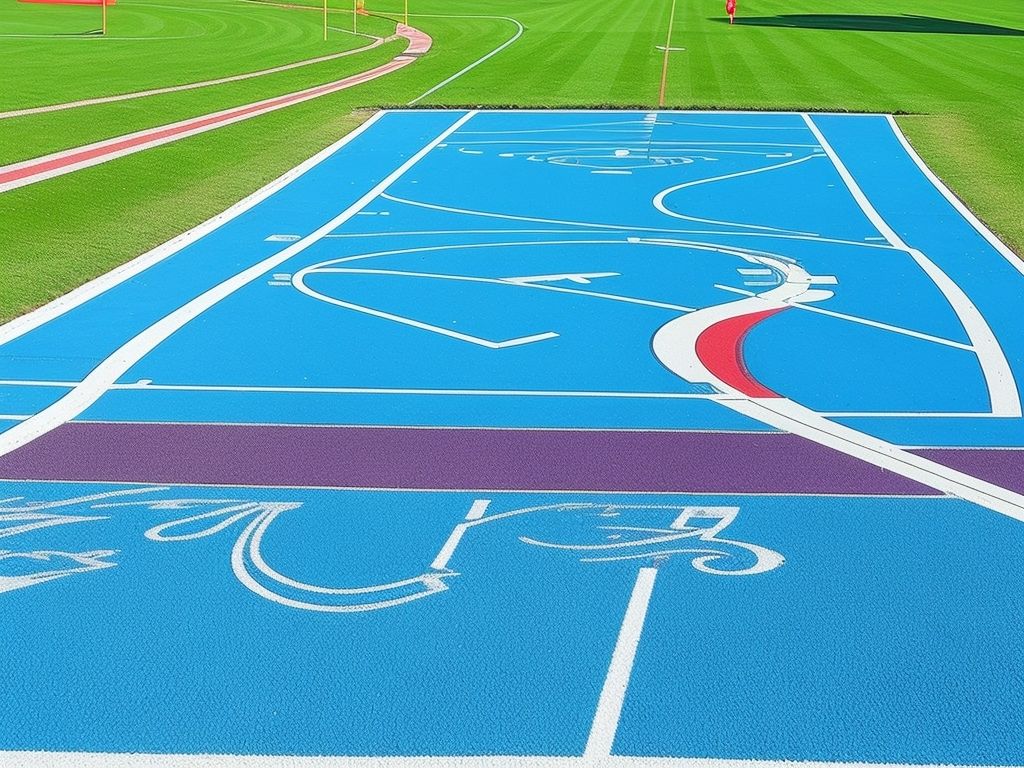
- Expert Guide to Fox Sports Surfaces: Construction Techniques and Pro Tips
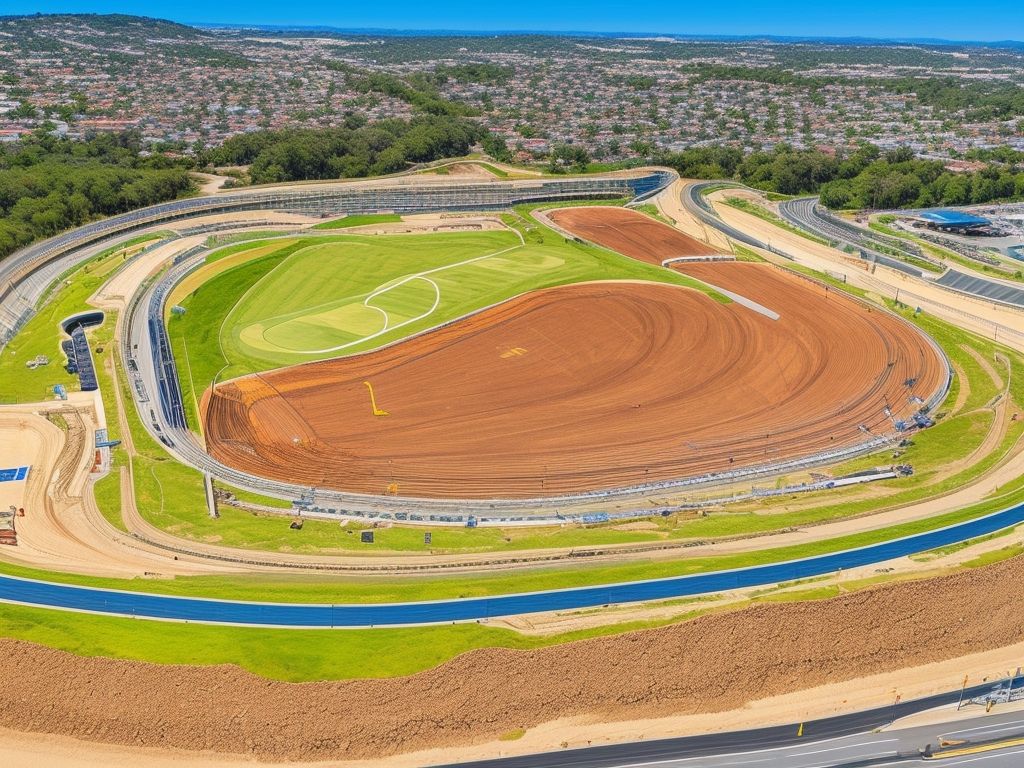
- Expert Track Construction | Bernhard’s Sport Surfaces Limited | EnglishUK Language
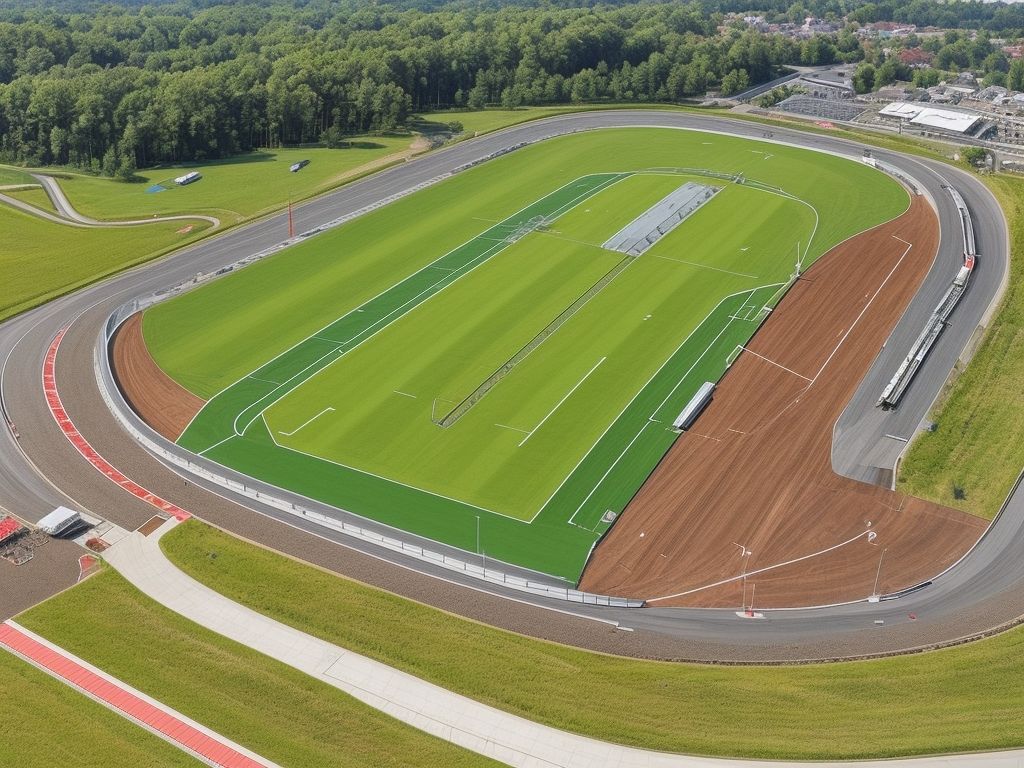
- Expert Track Construction Contractor – Fitzpatrick: Industry Leader in England
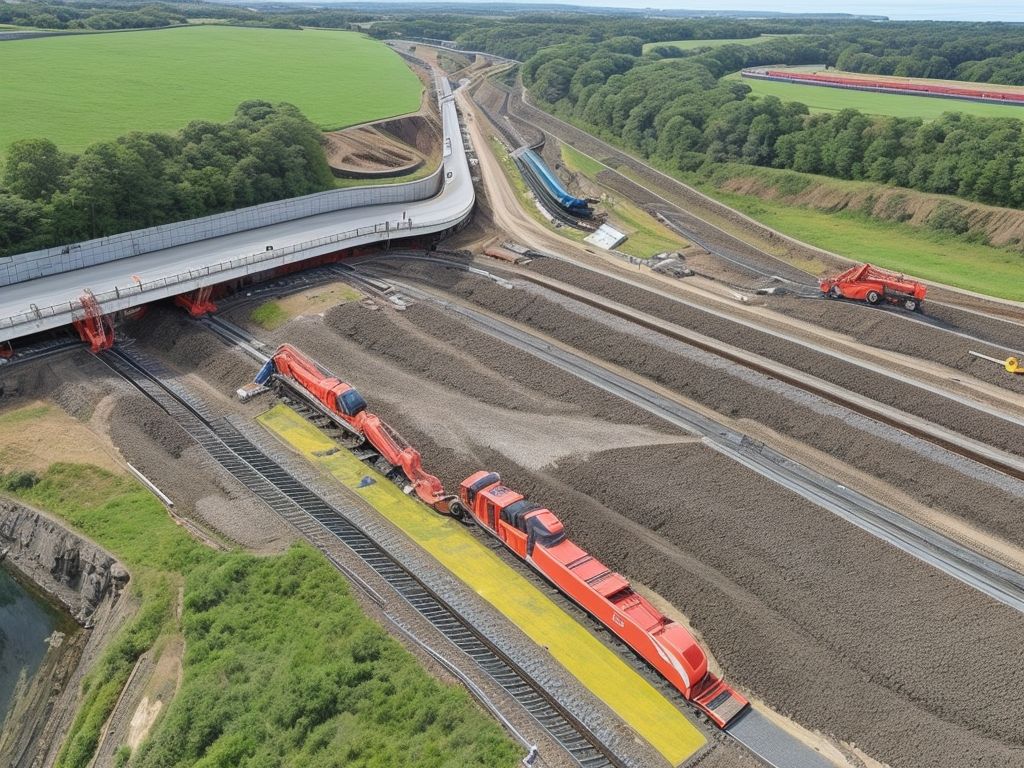
- Expert Track Construction Contractor – Fitzpatrick: Transforming Railways for Efficiency

- Expert Track Construction Contractor – H.E. Construction Services Ltd.

- Expert Track Construction Contractor: H.E. Construction Services Ltd.
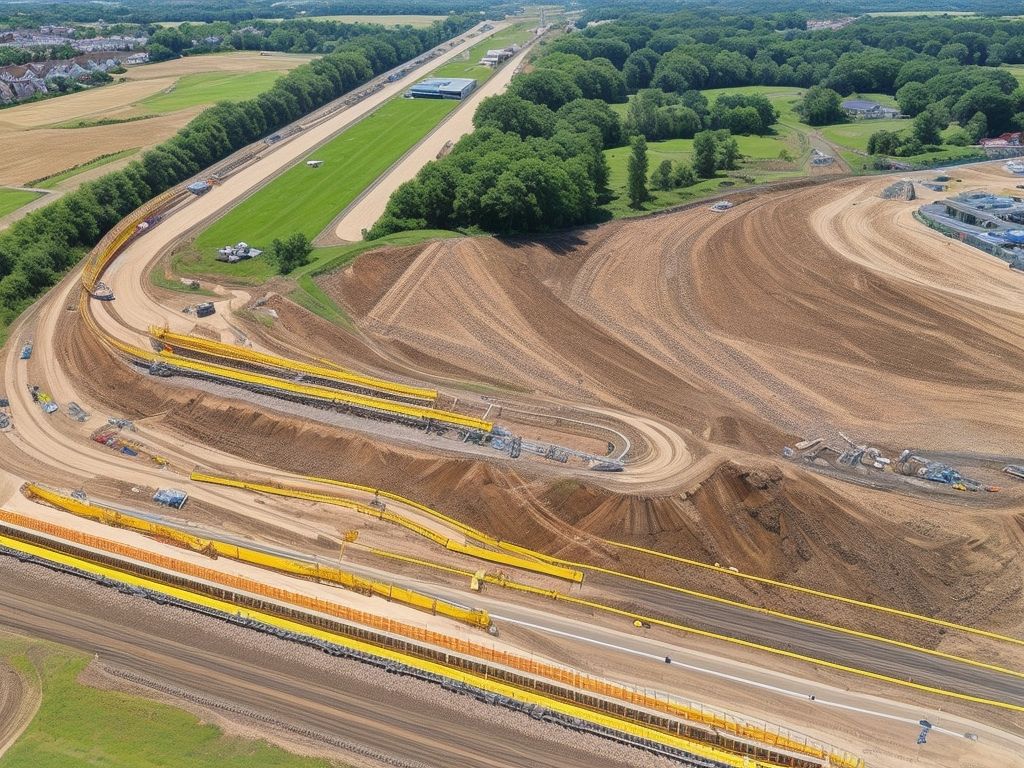
- Fast Track Marketing Strategies to Boost Your Business – Must-Know Efficient Techniques

- Fast Track Marketing: Accelerating Success Through Strategic Tactics | EnglishUK

- Improve Timekeeping with Contarnex Europe Limited’s Timing Clocks – EnglishUK Language
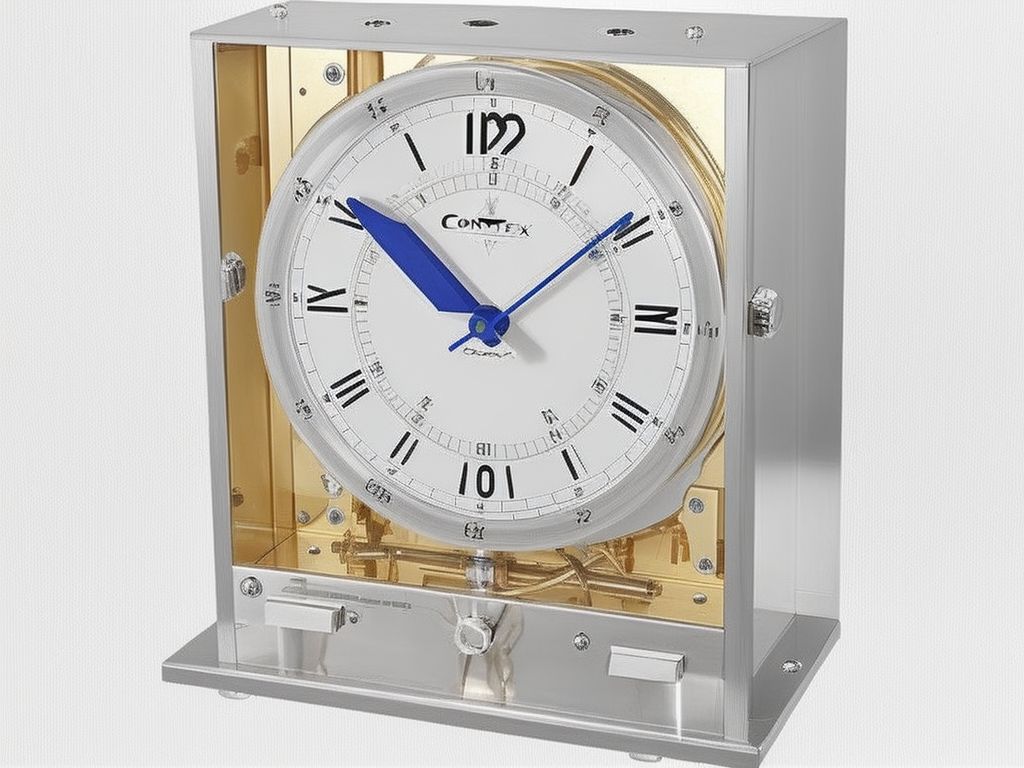
- Mastering Computomarx: Smarter Track Marking Calculations for Engineers | EnglishUK
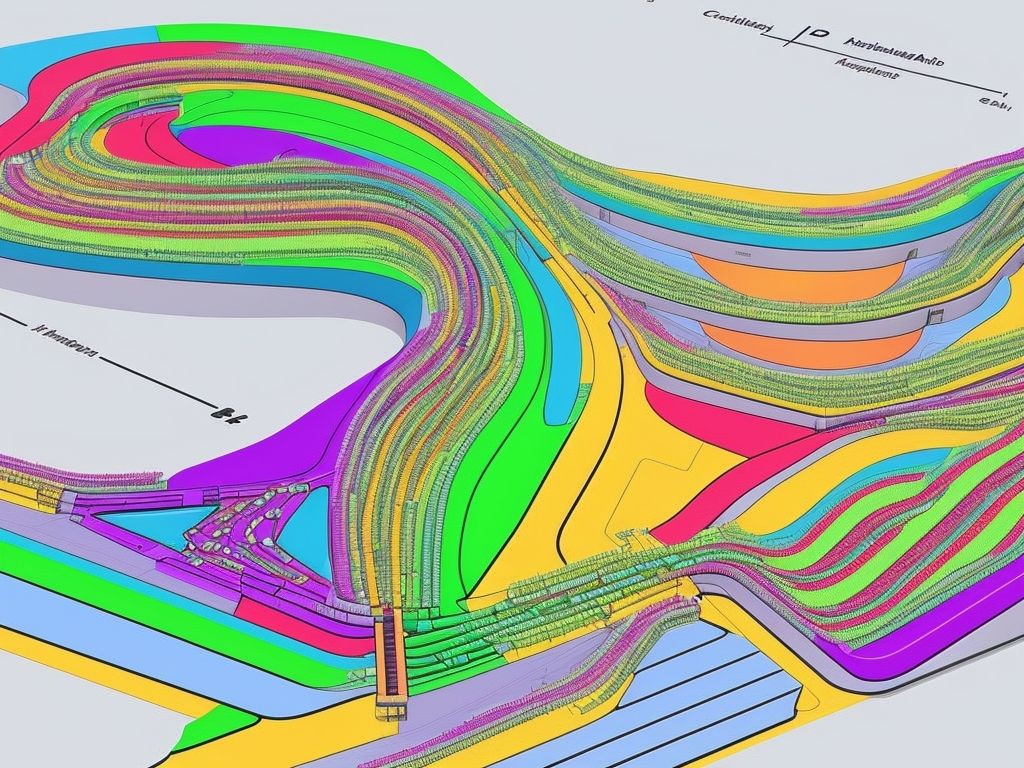
- Protect Your Sport Equipment with High-Quality Covers – Covers 4 Sport

- Protect Your Sports Equipment with High-Quality Covers | Covers 4 Sport UK

- The Ultimate Guide to Fox Sports Surfaces: Track Construction & Maintenance
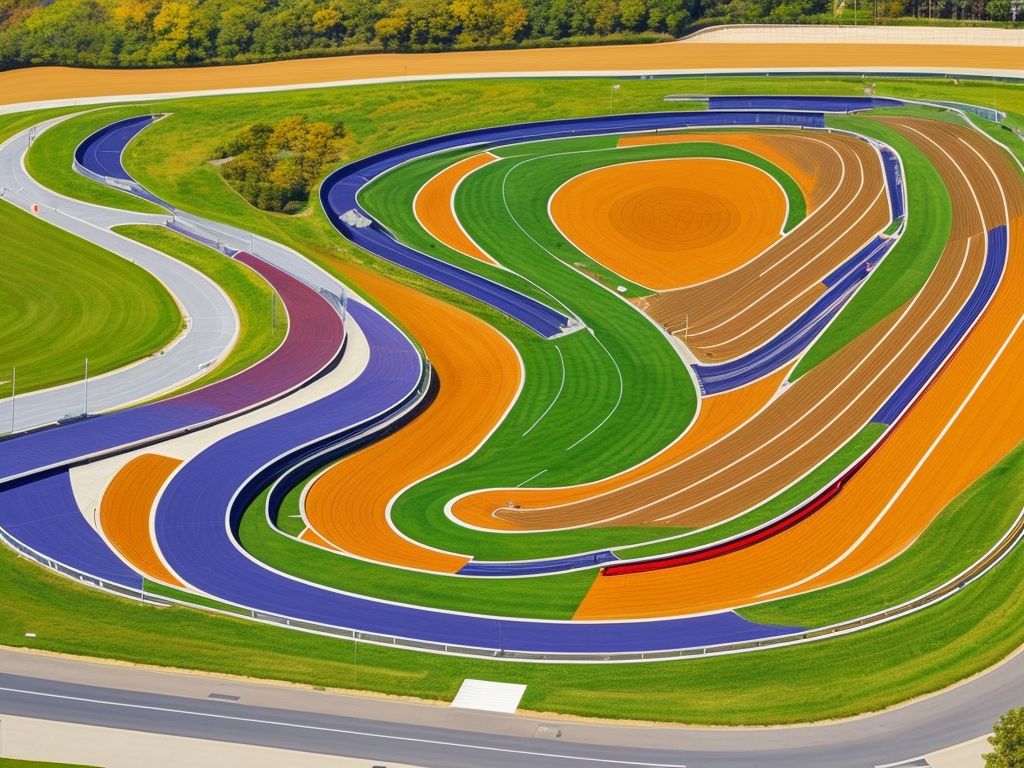
- Track Construction Experts – Bernhard’s Sport Surfaces Limited
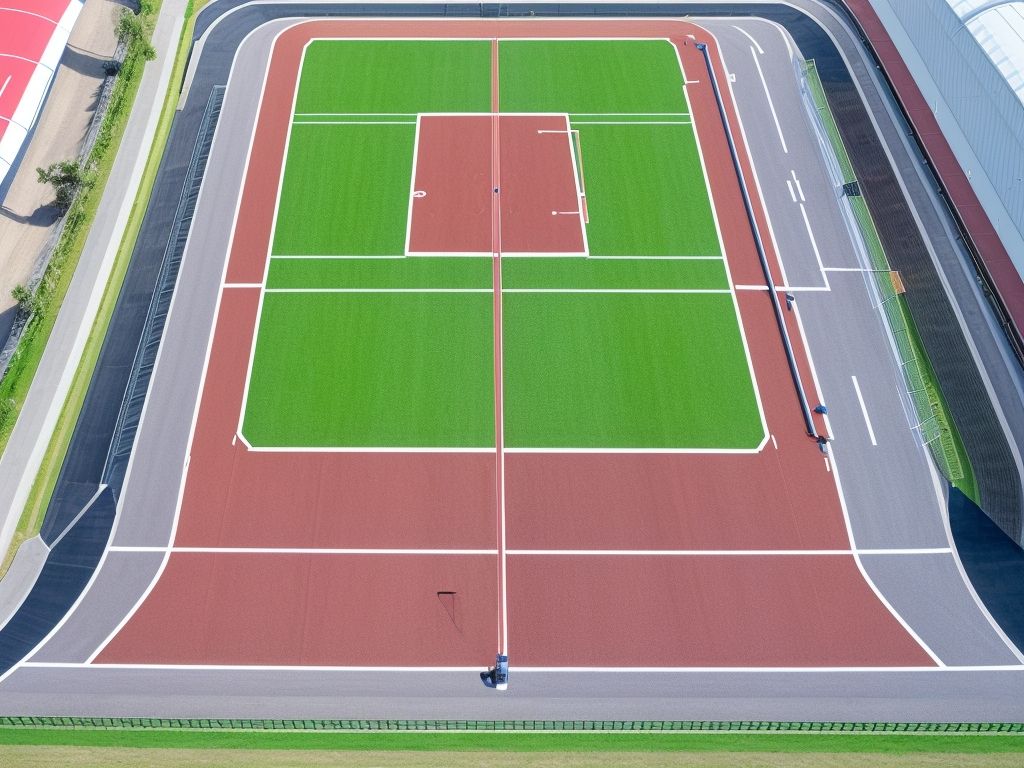
- Track Construction Services by Charles Lawrence Surfaces plc | UK’s Leading Provider
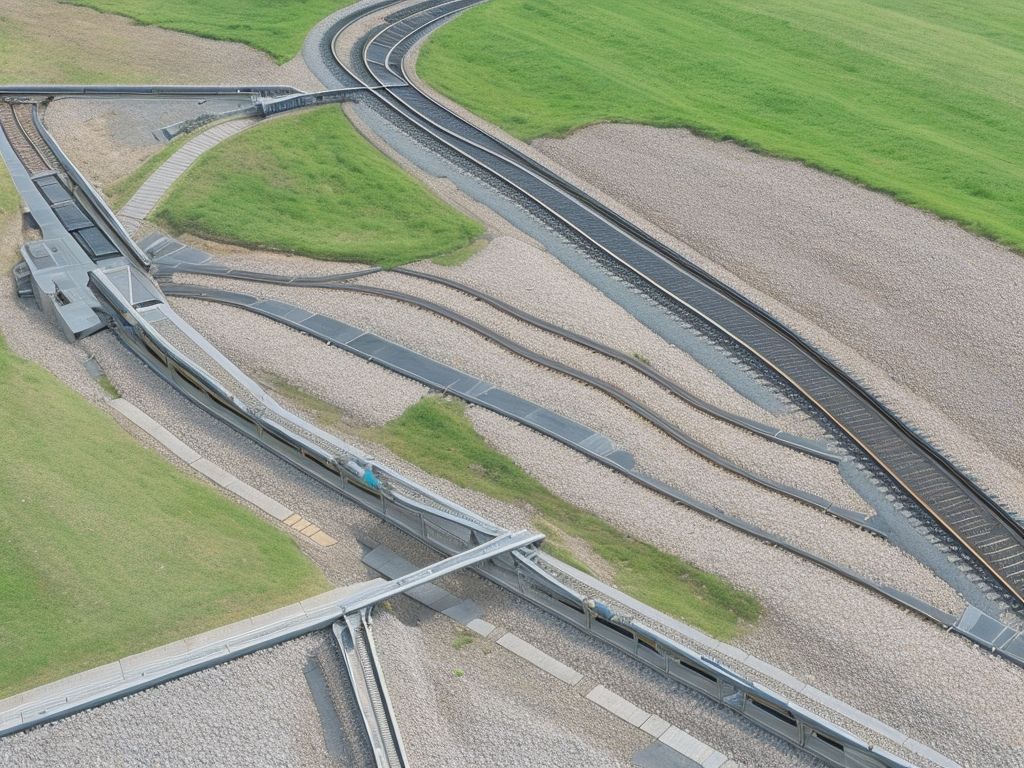
- Track Marking Services by Athletic Markings Limited – Improve Athletic Performance
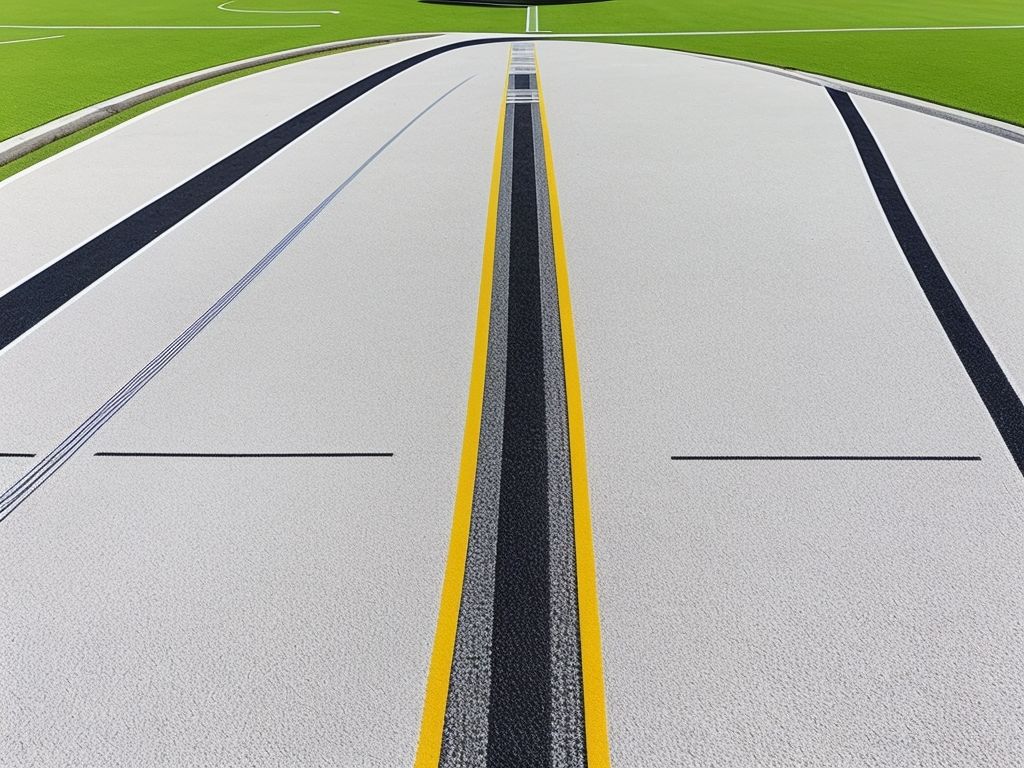
- Transform Your Track Construction with Charles Lawrence Surfaces plc
